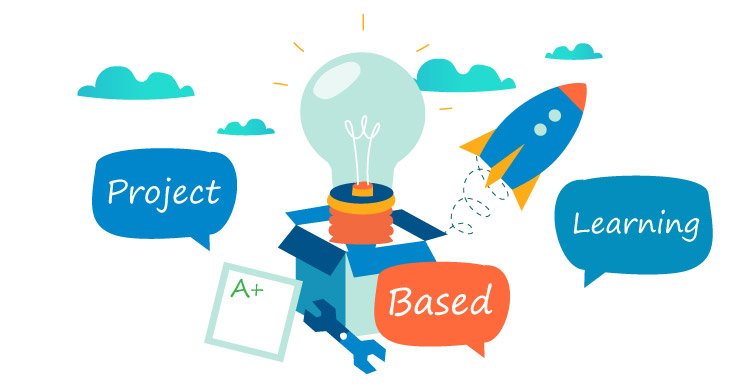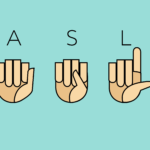The article Personalizing Learning Through Project-Based Learning written by Carrie Annable begins to describe some of the advantages of project-based learning, or PBL. Annable states that: “In PBL, students work on extended projects that engage them in addressing real-world problems or complex questions” (2019). The concept around such a form of learning allows for students to be creative and enables them to truly take ownership of their learning. Annable also touches on two general forms, being that of “dessert” or “main course”, that PBL can take. She describes the “dessert” form to be that of a project students begin after they have finished learning a concept and or lesson. Whereas a “main course” constrict promotes learning within the process of creating the project. Neither form is necessarily better than the other, but each would require different planning and construction in regards to their supporting lessons. Annable also stresses the importance of listening to your students and allowing their interests to help guide and form the process. Overall, I found that this article shed a very positive light on PBL. I appreciated the fact that the author did not sugar coat the at times daunting developmental process required to create PBL’s for students but acted to give realistic advice. I believe that as an educator it is extremely important to be aware of your resources and to utilize these. Whether that be from a source such as the DLC, through the community, or supportive colleagues or parents. I applaud the article’s support and encouragement towards educators to actively push themselves within their profession and help to bring learning alternatives to their students. I believe that PBL would be a fantastic way to implement cross-curricular learning as well. In participating in PBL students are able to implement their learning across subjects and establish better understandings of learned materials. In terms of assessing such projects, Annable references that, “…it is not just academic skills that need to be assessed, but also success skills such as communication, collaboration, and critical thinking” (2019). As a result, Annable suggests the use of assessment rubrics so that both the teacher and the students know what is expected and this can help to shape and guide their project. The use of co-constructed rubrics is suggested, which I think would prove the most effective. Through co-construction students are allowed more control over their learning and teachers gain more insight as to how their students feel they deserve to be assessed. This may also help to create a more open form of communication between students and their teachers throughout the process. I think that this article is best summed up by the notion that, “PBL is a teaching method that lends itself very well to developing both rigorous academic content and success skills” (Annable, 2019).

April 5, 2021
Article Review: Personalizing Learning Through Project-Based Learning
sydneyb
Administrator
Posts by sydneyb
-

Ed 491: Final Practicum Reflection
April 9, 2021
-

Inquiry-Based Project: The Effects of American Sign Language in Accompaniment of Second Language Learning
April 7, 2021
-

#OneWord2021 . . . Present
January 4, 2021
-

Exploring Fine Art through Inquiry: Indigenous Artist Spotlight
October 20, 2020
-

My Role Model & Inspiration in my Teacher Journey
October 7, 2020